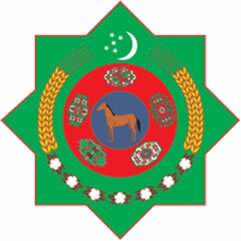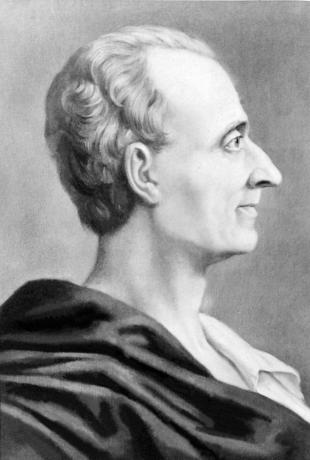Former republic of the former Union of Soviet Socialist Republics (USSR), Turkmenistan is located on the Asian continent and has borders with Iran (to the south), Afghanistan (to the southeast), Uzbekistan (to the north and east) and with Kazakhstan (to the northwest), besides being bathed by the Caspian Sea (the West).
In 1924, the Red Army invaded Turkmenistan, which, in the following year, was incorporated into the Soviet Union. National independence was won in the early 1990s. Since then, the country has joined the Commonwealth of Independent States – a bloc formed by Russia and the former republics of the USSR. However, in recent years, the nation has intensified economic relations with Turkey and moved away from the CIS.
Agricultural activities employ the majority of the national population, with emphasis on the cultivation of cotton, soy, wheat and fruits. However, the main source of income is the exploitation of large oil and natural gas reserves, which are export products. The decades under the communist political regime did not provide industrial development, which is not very diversified.
According to data released in 2010 by the United Nations (UN), Turkmenistan has an average Human Development Index (HDI): 0.669. Only 0.5% of inhabitants over 15 years of age are illiterate, however, the infant mortality rate is high: 49 for every thousand live births.

Coat of arms
Turkmenistan Data:
Territorial extension: 488,100 km².
Location: Asia.
Capital: Ashkhabad.
Climate: Arid cold.
Government: Presidential Republic.
Administrative division: 5 regions subdivided into 50 districts.
Languages: Turkmen (official), Russian.
Religions: Islam 88.2%, no religion 8.7%, other 1.8%, atheism 1.3%.
Population: 5,109,881 inhabitants. (Men: 2,517,980; Women: 2,591,901).
Composition: Turkmen 73%, Russians 10%, Uzbeks 9%, Kazakhs 2%, other 6%.
Demographic density: 10.4 inhab/km².
Average annual population growth rate: 1.3%.
Population residing in urban areas: 49.04%.
Population residing in rural areas: 50.96%.
Undernourished population: 6%.
Life expectancy at birth: 62.8 years.
Human Development Index (HDI): 0.669.
Currency: Turkoman Manat.
Gross Domestic Product (GDP): $18.3 billion.
GDP per capita: $1,461.
External relations: World Bank, CIS, IMF, UN.
By Wagner de Cerqueira and Francisco
Graduated in Geography
Brazil School Team
countries - geography - Brazil School
Source: Brazil School - https://brasilescola.uol.com.br/geografia/turcomenistao.htm


